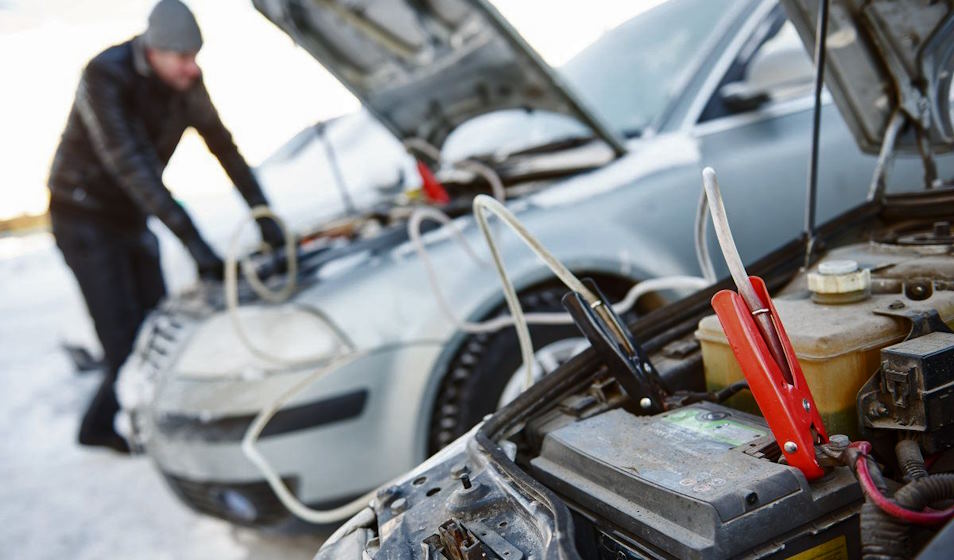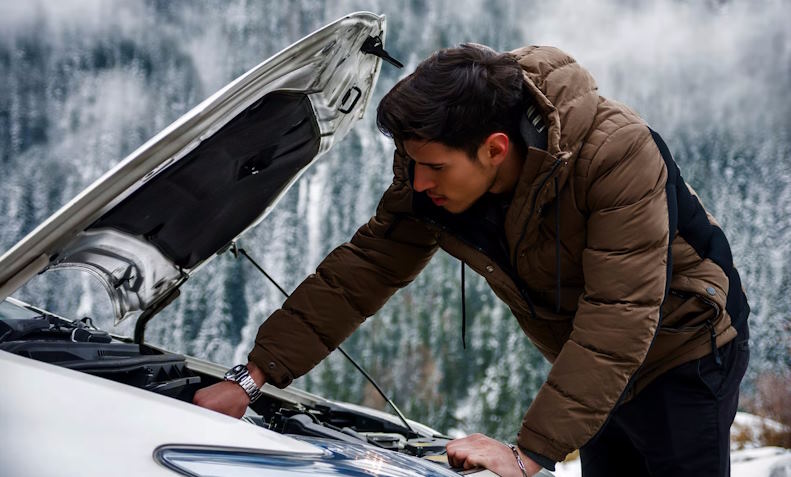
The Impact of Cold Weather on Your Vehicle’s Electrical System
When the temperature drops and winter’s icy grip takes hold, it’s not just us humans who feel the chill; our vehicles also shiver in the frigid weather. While we may bundle up in warm clothing, our cars, trucks, and SUVs face the challenges of navigating the frozen landscape with their vital systems exposed to the elements. Among these crucial components, the electrical system stands as the unsung hero, orchestrating everything from starting the engine on a frosty morning to keeping us comfortable with heated seats and defrosted windshields.
The Effects of Cold Weather on the Electrical System
As winter’s icy grip tightens, our vehicles face a series of unique challenges, with the electrical system often taking the brunt of the assault. Cold weather can wreak havoc on the various components that make up this vital network, leading to a cascade of issues that can leave us stranded on chilly mornings. Here’s a closer look at how subzero temperatures impact your vehicle’s electrical system:
Battery performance in cold temperatures:
- Decreased battery capacity: Batteries, like people, don’t perform at their best when it’s freezing outside. Cold weather can lead to a significant drop in battery capacity, meaning it won’t hold as much charge. This reduced capacity can be especially problematic when you rely on your vehicle’s electrical systems to keep you warm and safe.
- Reduced cranking power: When you turn the key on a cold morning, you may notice that the engine cranks more slowly than usual. Cold temperatures increase the internal resistance of the battery, making it harder for it to deliver the necessary power to start the engine.
Alternator strain and challenges in extreme cold:
- Impact on charging the battery: The alternator, responsible for replenishing the battery’s charge, has to work overtime in cold weather. It struggles to keep up with the increased demand, potentially leading to an undercharged battery.
- Increased resistance in electrical components: Cold temperatures can cause electrical components like wires and connectors to become more resistant, hindering the flow of electricity and potentially causing malfunctions.
Starter motor difficulties:
- Sluggish starts: The starter motor, tasked with turning the engine over, can have a tough time when it’s cold. It may take longer to start the engine, leading to sluggish starts that are hard on both the motor and the battery.
- Increased wear and tear: Cold starts are tough on the starter motor, and over time, this can lead to increased wear and tear, potentially requiring costly repairs.
Common Electrical Issues in Cold Weather
As the winter chill tightens its grip, your vehicle’s electrical system faces a series of challenges that can lead to a host of common issues. From dead batteries to flickering lights, here’s a closer look at the electrical gremlins that often make an appearance during the colder months:
Dead or weak battery:
One of the most frequent problems when the mercury drops is a dead or weak battery. Cold temperatures slow down the chemical reactions within the battery, reducing its capacity to provide power. This can leave you with a vehicle that won’t start, or worse, one that stalls in the middle of your journey.
Difficulty starting the engine:
Cold weather can make starting your engine a real struggle. Your starter motor has to work harder to turn over a cold, resistant engine. This often results in slower cranking and extended ignition times, leaving you shivering in the driver’s seat.
Dim or flickering lights:
If you notice your headlights or interior lights dimming or flickering, it’s a sign that your electrical system is feeling the cold. Reduced battery voltage and increased resistance in the electrical components can cause lights to behave erratically, compromising your visibility and safety.
Malfunctions in electrical accessories (e.g., heaters, defrosters):
The winter season demands the full functionality of electrical accessories like heaters and defrosters. However, cold weather can stress these components, leading to malfunctions that can leave you without the comfort and visibility you rely on.
Preventive Measures and Solutions
Winter’s assault on your vehicle’s electrical system can be relentless, but with the right precautions, you can weather the cold and keep your vehicle running smoothly. Here are some preventive measures and solutions to help you beat the winter blues:
Regular maintenance and inspection:
- Testing the battery’s condition: Begin with a battery test to assess its health. Most auto shops can perform a quick battery load test to determine if it’s holding a sufficient charge. Consider replacing an old or weak battery before it leaves you stranded in the cold.
- Checking and cleaning terminals and connectors: Corroded or loose battery terminals can impede the flow of electricity. Regularly inspect and clean these connections to ensure a solid electrical connection.
- Inspecting wiring for damage: Look for frayed wires or damaged insulation, which can be more common in cold weather. Address any issues promptly to prevent electrical shorts or malfunctions.
Cold-weather accessories and modifications:
- Block heaters: Installing a block heater can make a world of difference on those icy mornings. These devices keep the engine block warm, making it easier to start and reducing strain on the battery.
- Battery blankets: Battery blankets or warmers can help maintain your battery’s temperature, ensuring it performs at its best even in frigid conditions.
- Synthetic lubricants: Switching to synthetic lubricants for your engine and transmission can reduce friction, improve efficiency, and make cold starts easier on your vehicle.
Parking strategies to minimize cold weather impact:
- Garage parking: If you have access to a garage, use it. Keeping your vehicle sheltered from the cold can go a long way in preserving its electrical components and overall condition.
- Using a car cover: When a garage isn’t available, a car cover can help protect your vehicle from the elements, reducing the exposure to cold temperatures and preventing snow and ice buildup.
- Snow and ice removal: Before starting your vehicle, ensure that snow and ice are cleared from the hood, roof, and windshield. This not only makes for safer driving but also reduces strain on electrical components like wipers and defrosters.


